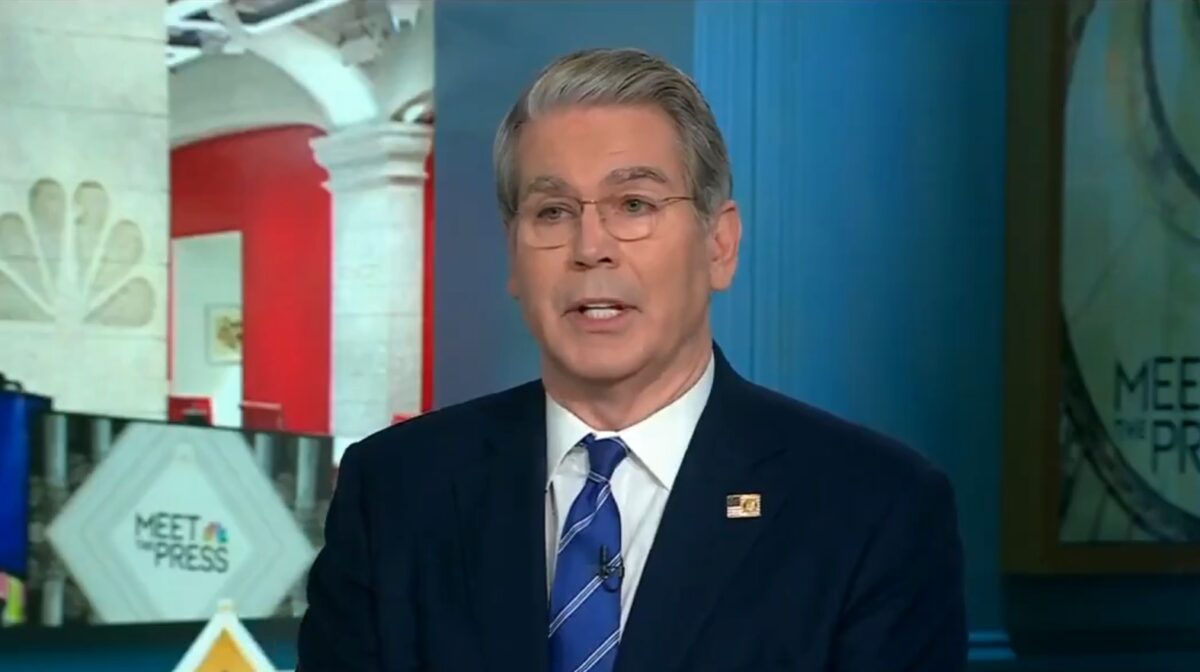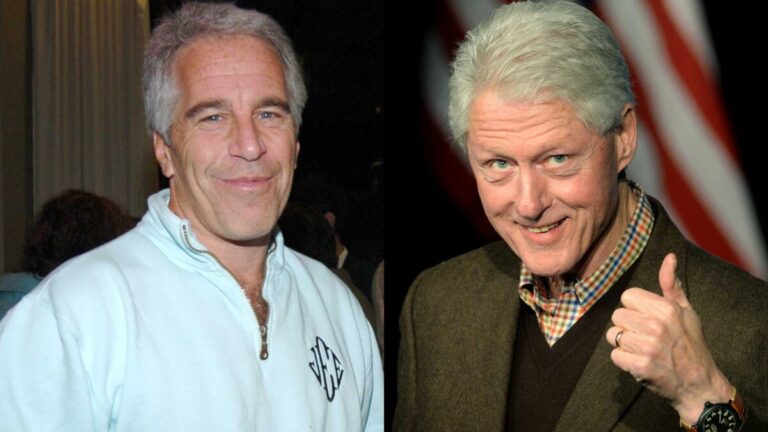President Trump has once again managed to get Americans talking about something big — this time, a potential $2,000 “tariff dividend” check for American citizens. The idea caught fire almost immediately after the President floated it on Truth Social, promising that the U.S., now flush with tariff revenue from his America First trade policies, could finally start paying down the debt and sharing some of the benefits directly with working Americans. But while many supporters cheered the move as another example of Trump’s pro-worker economic vision, Treasury Secretary Scott Bessent’s comments on ABC’s This Week seemed to suggest the plan might still be in the discussion phase rather than ready for rollout.
Bessent was pressed by George Stephanopoulos about the logistics of sending $2,000 checks to Americans, and his answers made it clear that this isn’t yet a done deal. When asked if there was a formal proposal in the works, Bessent admitted he hadn’t spoken with President Trump about the checks directly. Instead, he hinted that the $2,000 figure could come through “lots of forms, in lots of ways,” including tax relief measures that are already part of Trump’s broader economic plan.
That means instead of a literal check in the mail, Americans might see their “dividend” show up through policies like eliminating taxes on tips, overtime, and Social Security income, along with expanded deductions for things like auto loans. Those are serious financial breaks that could add up quickly for middle class families, especially after years of inflation and higher interest rates left many struggling to keep up.
Treasury Sec. Scott Bessent says Trump's $2000 dividend might not be a check:
"The $2,000 divided could come in lots of forms. It could be just the tax decreases that we are seeing." https://t.co/y6Dna1Y9HX pic.twitter.com/n63cSU1AzD
— The American Conservative (@amconmag) November 9, 2025
Stephanopoulos, predictably, tried to twist the conversation into a legal argument about tariffs, accusing the administration of undercutting its own case by emphasizing revenue instead of trade rebalancing. But Bessent held firm, explaining that the revenue is an early phase benefit, while the long term goal remains to rebuild domestic manufacturing, strengthen the job market, and generate new tax revenue from homegrown industries. That’s the essence of Trump’s trade policy — using tariffs not just as punishment for bad actors like China, but as leverage to bring jobs back to the United States.
President Trump’s original Truth Social post was as bold as ever. He wrote that the U.S. is “taking in Trillions of Dollars” from tariffs and would soon start paying down the enormous $37 trillion national debt, all while delivering a $2,000 dividend to every American except high income earners. It’s a message that combines economic populism with fiscal responsibility — something Washington hasn’t tried in decades.
Of course, critics in the media wasted no time in calling the plan unrealistic. But the same crowd said tariffs wouldn’t work back in 2018, and they were wrong then too. Tariffs have already proven effective at reshoring investment, reviving industrial towns, and restoring leverage to American workers who were long ignored under the old globalist trade system.
So yes, Bessent might have tempered expectations for an immediate cash payout, but that doesn’t change the larger point. President Trump’s economic vision has always been about putting American citizens first — and whether it comes in the form of direct dividend checks or sweeping tax relief, the end goal is the same. Prosperity for working Americans, paid for by a government finally willing to put its own people ahead of the rest of the world.




Leave a Comment